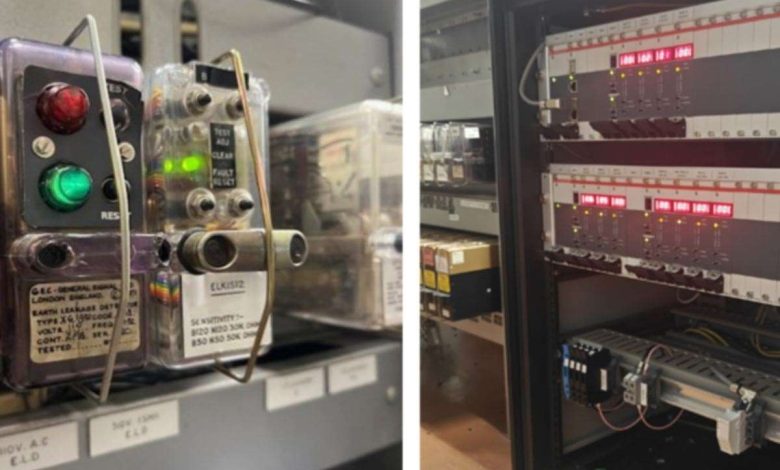Rail replacement buses between Norwich and Ipswich and Ipswich and Bury St Edmunds announced as signalling equipment around Diss set for digital upgrade

Major Rail Upgrades Prompt Weekend Bus Replacements on Great Eastern Line
The Great Eastern main line is set to undergo significant modernization as Network Rail launches a series of essential upgrades to improve reliability and future-proof the railway infrastructure. Over several upcoming weekends, passengers will experience service changes as engineers work to replace 40-year-old signalling components with new digital equipment. The most immediate disruptions will occur this weekend and again on November 29-30, focusing primarily on the Norwich section of the line. While these temporary service adjustments may cause inconvenience, they represent a necessary step toward creating a more dependable and technologically advanced rail system for years to come.
This weekend’s work marks a pivotal stage in Network Rail’s modernization efforts, replacing outdated analogue signalling equipment with digital alternatives that promise enhanced reliability. The new components are specifically designed to be compatible with future signalling upgrades, effectively future-proofing this critical transportation corridor. Simultaneously, maintenance teams will address overhead line equipment between Diss and Norwich while specialized “stoneblower” machines will be deployed near Stowmarket to level and stabilize the track bed. These concurrent projects demonstrate Network Rail’s comprehensive approach to infrastructure improvement, addressing multiple aspects of the rail system during scheduled disruptions to minimize overall impact on passenger services.
The work extends beyond the Norwich area, with additional maintenance scheduled for November 23 at the London end of the line, including the Southend and Southminster branches. A particularly important repair will take place at Forest Gate, where engineers will replace a faulty section of track that allows trains to switch between lines. This area has been under careful monitoring and currently operates under a 50mph speed restriction. During the same maintenance window, structural repairs will be made to a metal bridge near Forest Gate. Simon Milburn, Infrastructure Director for Network Rail Anglia, acknowledged the inconvenience these works cause while emphasizing their necessity: “We’re really sorry for the disruption while trains can’t run, but we need to get these jobs done.”
For passengers traveling this weekend, replacement bus services will operate between Norwich and Ipswich while train service continues on other sections of the line. The November 23 schedule becomes more complex, with buses replacing trains between Ingatestone and Newbury Park (TfL Central Line station). Before 10:30 am, trains will run between Norwich, Ipswich, and Clacton-on-Sea to Ingatestone. After this time, service will extend to Shenfield via Ingatestone, connecting with replacement buses. Additional bus replacements will serve the routes between Southend Victoria and Newbury Park, as well as between Southminster and Wickford, creating a comprehensive alternative transport network during the maintenance period.
The Elizabeth line will also experience service changes, with no trains running between Whitechapel and Shenfield on November 23. Passengers will need to utilize replacement bus services operating between Stratford and Romford (designated as C service) and between Shenfield and Newbury Park (D service). The final scheduled maintenance weekend on November 29-30 will again see buses replacing trains between Norwich and Ipswich, with additional bus service covering the Ipswich to Bury St Edmunds route. Network Rail has coordinated these service alternatives to maintain essential connectivity throughout the affected regions while the critical infrastructure work proceeds.
These scheduled upgrades represent a significant investment in the future reliability of East Anglia’s rail network. While temporary service disruptions may challenge weekend travelers, the long-term benefits include reduced delays from signal failures, smoother track surfaces for improved ride quality, and more dependable overhead power systems. The transition from analogue to digital signalling technology particularly positions the network for future enhancements in capacity and service reliability. By addressing these infrastructure needs now through coordinated weekend work, Network Rail aims to minimize disruption to weekday commuters while systematically modernizing one of England’s busiest and most economically important rail corridors.









Hello there, I think your blog could possibly
be having web browser compatibility problems.
When I take a look at your site in Safari, it looks fine however, when opening in IE,
it’s got some overlapping issues. I simply wanted to give you a quick
heads up! Apart from that, wonderful website!